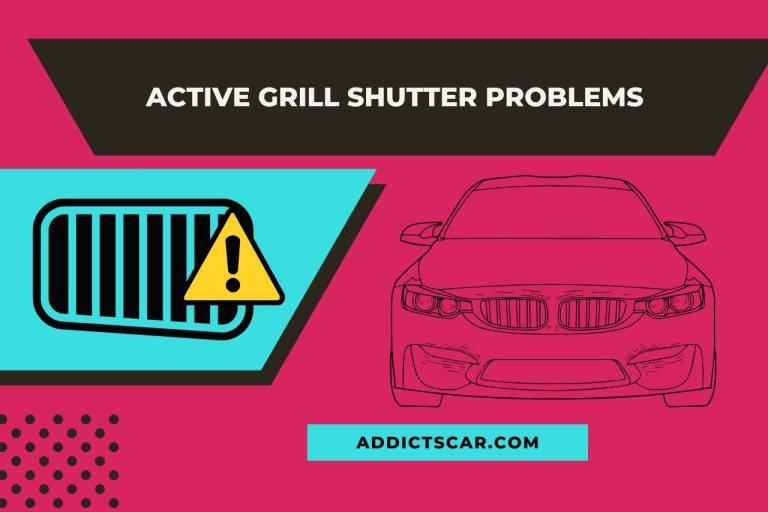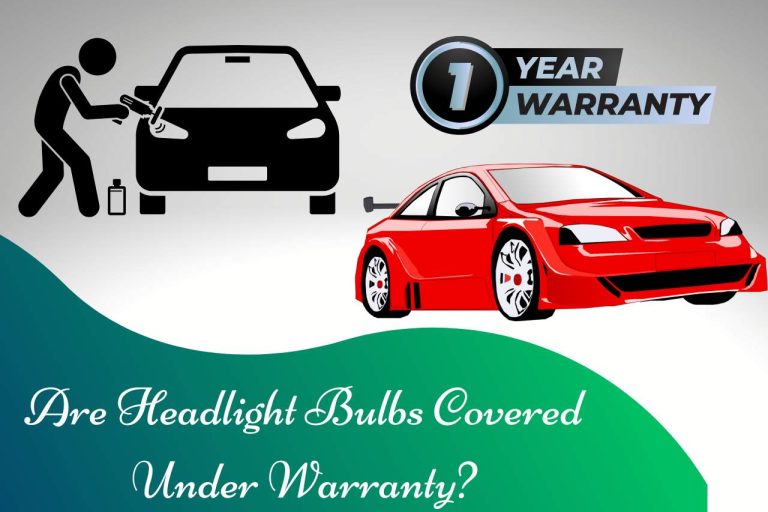Can I Use H Rated Tires Instead of V? (Can You Swap Them Out)
Tire classifications like H- and V-rated tires let you know how fast a tire can go without damaging itself. V-rated tires can withstand speeds of up to 149 miles per hour (240 kilometers per hour), while H-rated tires can withstand speeds of up to 130 mph (210 kph). In this article, we go into further detail about what determines a tire’s rating—from its V or H rating to its potential benefits—and the impact of various speed races. We also explain which vehicles require which tires.
What is the Difference Between H and V Rated Tires?
- The most significant speed that a tire may safely travel at without running the danger of failing or losing control is indicated by the speed ratings for tires, H and V. Their maximum speed ratings are the primary distinction between H and V-rated tires.
- 130 mph (210 km/h) is the top speed that an H-rated tire is designed to withstand. These tires strike an excellent mix between performance and price because they are made for high-performance vehicles.
- However, a V-rated tire has a top speed limit of 149 mph (240 km/h). These tires, which are frequently seen on high-end sports cars or luxurious cars, are made to offer good handling and control at high speeds.
- H and V-rated tires may have different constructions, tread designs, materials, and maximum speed ratings. To ensure maximum safety and performance, choosing the appropriate speed rating for your vehicle is critical.
Do H Rate Tires Last Longer than V?
In general, a tire’s speed classification (such as H or V) is not a reliable predictor of how long it will last. Instead, several variables, such as the tire’s quality of construction, the conditions under which it is driven, and how well it is maintained, affect its lifespan.
Nevertheless, higher-speed-rated tires (such as V) might have more sophisticated materials and technologies, making them more robust and long-lasting than lower-speed-rated tires (such as H). However, this is only sometimes the case, depending on the tire brand and type.
Choosing a tire purely based on its speed rating is not advised. It is vital to mention. When choosing tires, it’s best to consider aspects like your driving style, typical weather and road conditions, and the required tire size and type for your vehicle.
Regardless of its speed rating, any tire can last longer with regular tire maintenance (such as rotations and pressure checks).
What Vehicles Require V Rated Tires?
V-rated tires are high-performance tires created for cars with high top speeds. Sports cars, high-performance sedans, and high-performance luxury automobiles are typically vehicles that need V-rated tires.
Depending on the manufacturer and type of the car, different automobiles may require V-rated tires, but generally speaking, the V rating is indicated on the tire sidewall. V-rated tires may be necessary for any vehicle traveling up to 149 mph.
The Audi A4, BMW 5 Series, Mercedes-Benz E-Class, Porsche 911, and Chevrolet Corvette are examples of cars that may need V-rated tires.
Can I Use H Rated Tires Instead of V?
In theory, absolutely. V-rated tires are an excellent alternative if you need H-rated tires because they are made for faster speeds than H-rated tires. However, they are not the same as H-rated tires, which you would need to consider while making your choice. For instance, V-rated tires typically cost substantially more. Consequently, you should pay more for these tires.
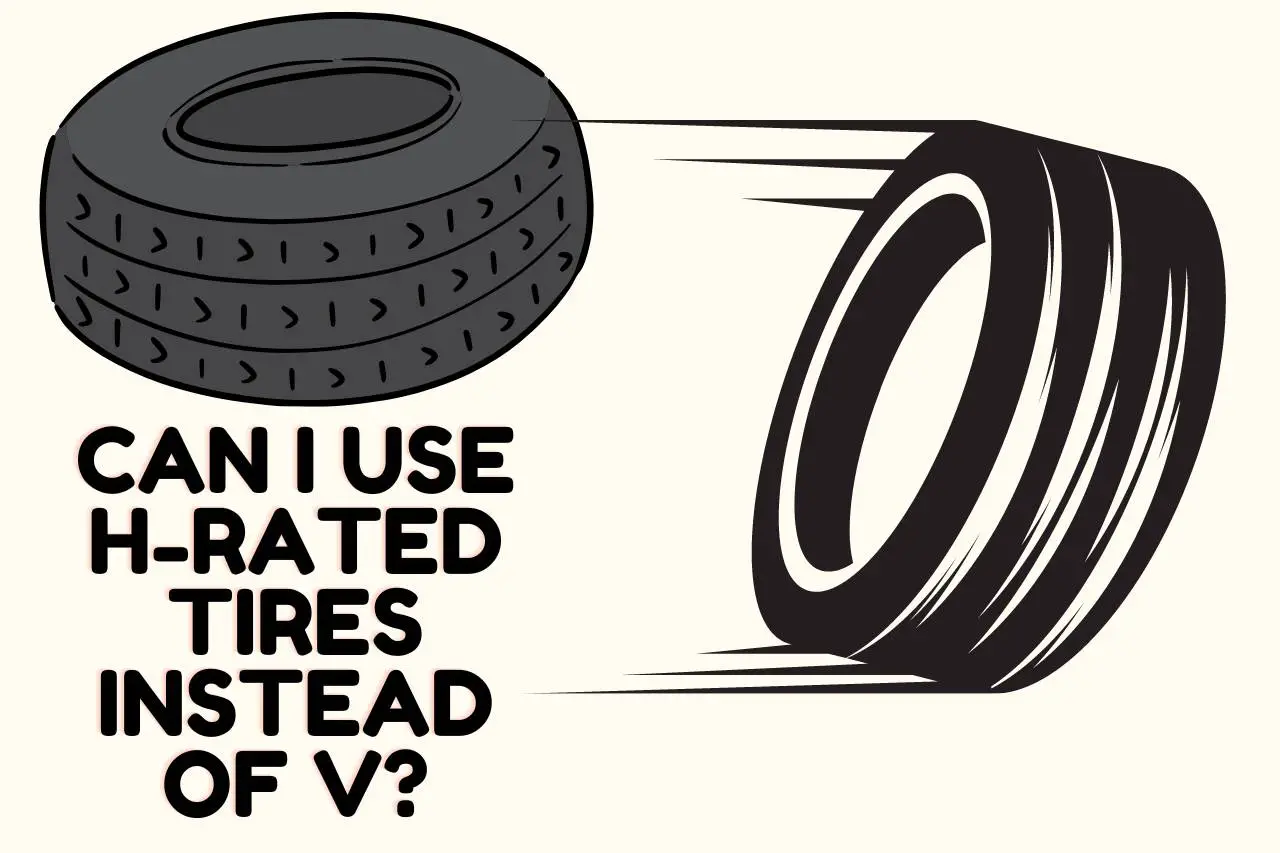
Additionally, H-rated tires have superior handling and performance compared to V-rated tires. Because they are more challenging, the ride won’t be as smooth. It’s crucial to have this feature if you’re buying wheels for your daily driver.
We also advise considering these additional factors before switching from H-rated tires to V-rated tires. Although the maximum driving speed primarily distinguishes these tires from one another, it is not the sole factor.
How does tire Size Impact the Choice Between H and V Rated Tires?
V-rated tires have a more durable sidewall and a somewhat harsher feel than H-rated tires to allow for running at quicker speeds. In typical driving scenarios, the H-rated tire will offer a more comfortable ride, while the V-rated tire will offer somewhat better handling.
The tire’s maximum speed at 150 mph is indicated with a speed rating of 91v. Its load index of 91 suggests that it can support 1,356 pounds (or 615 kg) or a load.
However, the tire can reach peak speeds of up to 130 mph thanks to its H speed rating of 91h. It can also carry 1,356 lbs due to its load index of 91.
Are there Any Potential Risks to Using H Rated Instead of V Rated Tires?
Larger tread blocks and stiffer sidewalls of an H-rated tire combined with a vehicle built for a V-rated tire can improve performance on wet roads. The larger load capacity of an H-rated tire may also give specific drivers more confidence when operating their cars.
On the other hand, placing an H-rated tire on a vehicle made for a V-rated tire may lead to worse fuel economy because of the additional weight from larger tread blocks and stiffer sidewalls. Additionally, because suspension parts were made for tires with softer treads and lesser weights, it can result in excessive wear on those parts.
Additionally, most manufacturers advise against replacing an H-rated tire because doing so would jeopardize your vehicle’s warranty if something goes wrong later on.
Can you Mix H and V Tires?
Mixing H-rated (high performance) and V-rated (extremely high performance) tires on the exact vehicle is typically not advised.
This is since V-rated tires can handle higher speeds than H-rated tires, despite having a lower speed rating.
To maintain safe handling and performance, it’s crucial to utilize tires on a vehicle that always has the same speed rating.
Tires with differing speed ratings should be separate because they could cause uneven wear, poor handling, and decreased performance. Furthermore, combining tires with various performance ratings might impact the vehicle’s traction and stability, particularly during emergency maneuvers.
What Speed are H Rated Tires Good For?
H-rated tires are intended to handle sustained speeds up to 130 mph (210 km/h). It’s crucial to remember that sustained driving at such high speeds might result in dangerously high tire wear and heat buildup. It’s always advisable to drive safely and within the posted speed limits.
You May Also Like

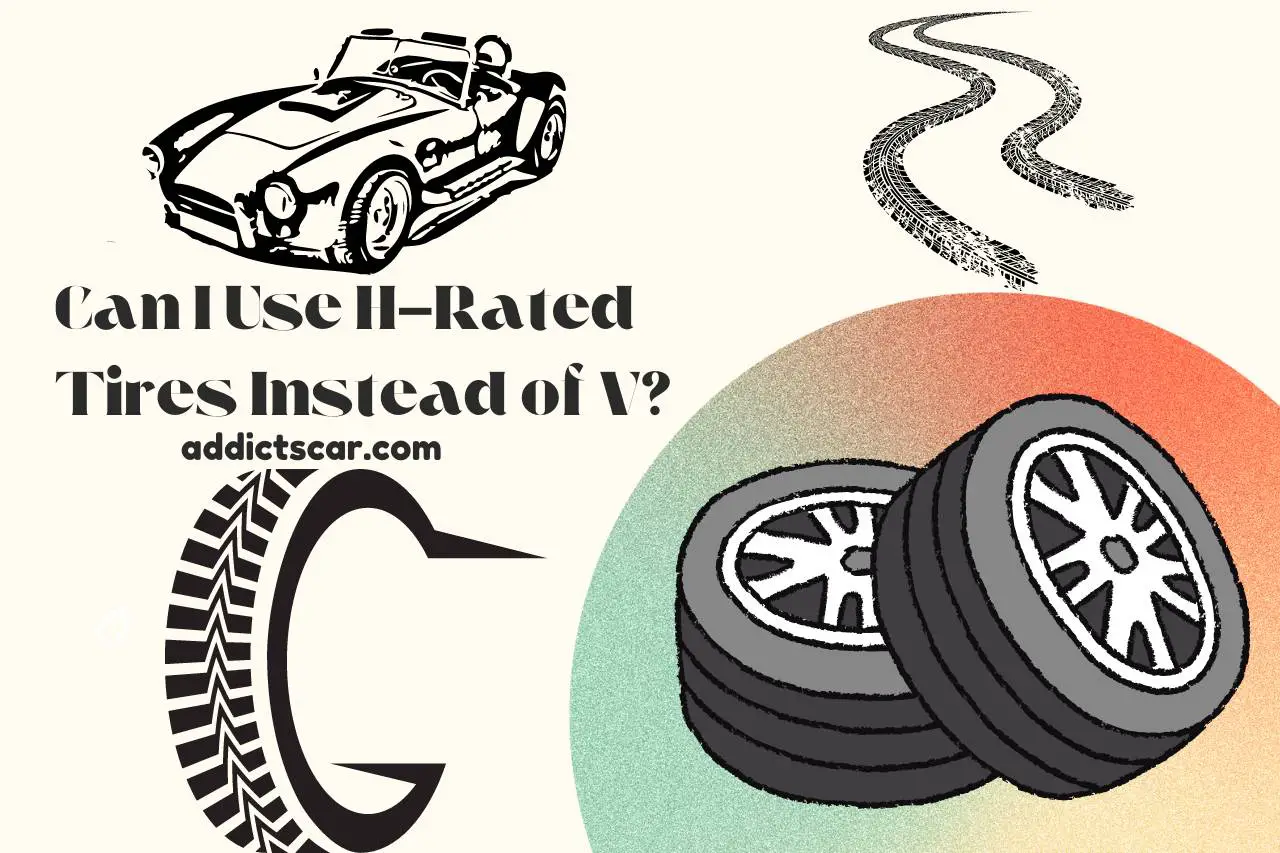


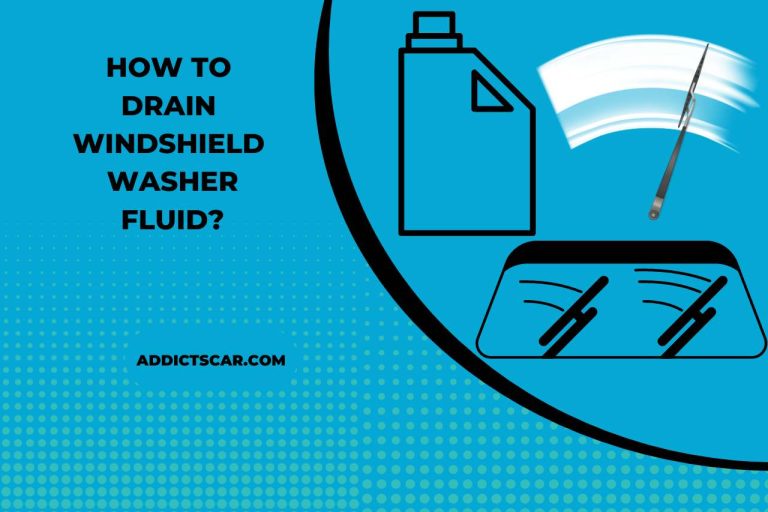
![The Clutch Pedal Stuck to the Floor? [Reasons]](https://www.addictscar.com/wp-content/uploads/2022/11/clutch-pedal-stuck-to-the-floor-768x512.jpg)
